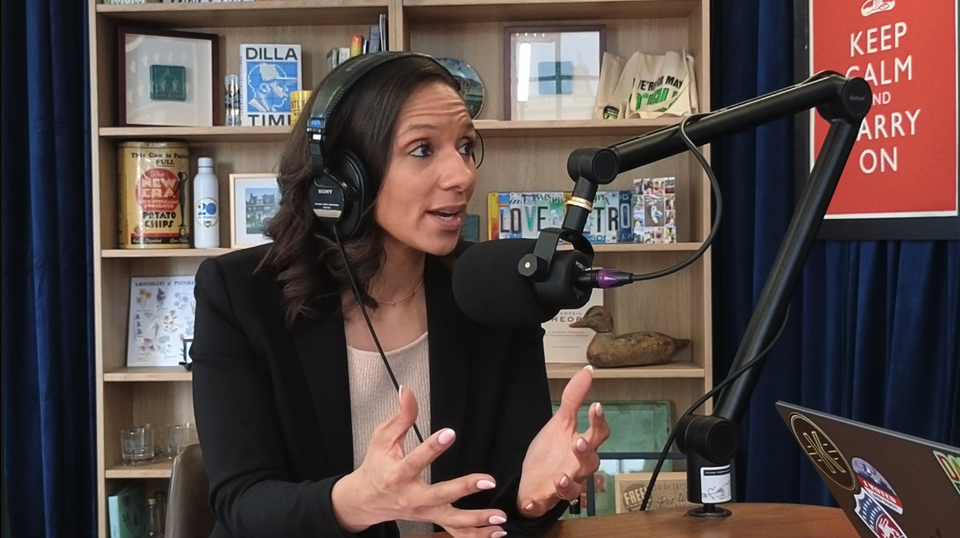A lot has been made of Detroit’s resurgence, and the epicenter of that has been in the downtown and Midtown areas.
A new study by Yelp, based on a combination of data points, focused on top cities, top neighborhoods and top categories for business opportunity.
When it comes to neighborhoods, Yelp ranked the top 50 neighborhoods in America ranked by change in economic opportunity compared to the same time period a year prior. Any neighborhood in the country was eligible so long as they had at least 200 reviewed businesses listed on Yelp in the selected categories and are not airports.
Detroit’s Midtown neighborhood came in number two in the list of 50, and was carried there by the strength of its shopping options and businesses.
If you’ve visited Midtown at all, you know there’s some great retail around there currently, and more is on the way.
Despite critics who had said high end shops wouldn’t work in the neighborhood, Midtown in the last few years has become a destination with stores from Shinola to Nest to Hugh to Third Man Records, with a lot of options in between.
It’s also home to boutique hotels and rents there are getting higher.
On the other hand, if a conversation about gentrification in Detroit happens, Midtown is generally held up as the number one example.
No other city or neighborhood in the state of Michigan was listed.
The top of the list has a lot of California neighborhoods represented on it. The neighborhood with the most opportunity in the nation, according to their data, is the French Quarter of Charleston, South Carolina. Then Detroit, followed by Alum/Rock East Foothills, San Jose, CA; Carmel Valley, San Diego, CA; Silver Lake, Los Angeles, CA; Ballston, Arlington, VA; Wauwatosa, Milwaukee, WI; Admiral, Seattle, WA; North Buffalo, Buffalo, NY; and at number 10, Stonestown in San Francisco, CA.
Yelp, although known as a review site, is quickly moving to using that data for business intelligence services.
After all, there’s a lot more money in providing data to businesses than there is in banner ads next to your review.
Between check-ins, reviews, photos, how the reviews are written, and “now-casting,” they say their data is two years ahead of official government data when it comes to business activity. They also believe they can localize on an even more granular level than zip codes and municipal boundaries.
That can be key when deciding when and where to invest money. If you’re using old data, you could miss the window.
It’s clearly Midtown’s time, and the success has been years in the making thanks to the work of organizations like Midtown, Inc., Wayne State University, the College for Creative Studies, the various large medical employers, and others.
Now, for the rest of the city? A plan we wrote about earlier today is looking to do some of the streetscape and other improvements that Midtown saw across 23 commercial corridors.














